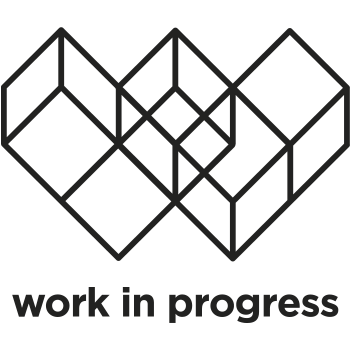ACTIVE PEDAGOGIES TRAINING (Example)
This is an example of a teacher training unit focusing on active pedagogies. Participants get personal experience of the methods to help them understand the dynamic of the methods, their possibilities and limitations to support the development of personal adaptations and implementation of the learned methods.
Needs analysis and diagnostic
Aims and deliverables:
- Discussion about the goals and the desired outcomes of the training.
- Understanding the context.
- Documentation of the needs of the client organization.
- Production of a diagnostic report.
- Proposal for work plan.
Preparation of the training
Aims and deliverables
- Analysis of the competencies, attitudes and expectations of the participants
- Training design
- Finalisation of the work plan
The first training unit
1 - 5 days
Aims and deliverables
- Short introduction to collaborative learning and active pedagogies
- New methods and active pedagogies.
- E.g. Fishbowl, Flipped Classroom, Jigsaw, Pecha Kucha, World Café etc...
- Formative assessment
- Peer- and self assessment. Reflection of learning.
- Using ICT tools and applications and open source resources:
- E.g. Prezi, Thinglink, Padlet, Answergarden, EdPuzzle, Mindmaps etc.
- Creative Commons, resource collections and content services.
- Writing a personal development plan
- Setting up an e-portfolio or an online platform for sharing resources, reflection of learning, communication and online facilitation.
- Evaluation of the first unit
Implementation of new knowledge and skills
2 - 5 weeks
Aims and deliverables:
- Implementation of methods and ICT tools and applications in classrooms.
- Communication and problem solving with others and the facilitator.
- Video conferences, online tasks.
- Personal and group facilitation and learning support online.
The second training unit
1 - 5 days
Aims and deliverables:
- Discussions about the implementation.
- Presentations and problem solving.
- Learning how to learn.
- Real life learning, mobile learning.
- Sharing knowledge and skills
- Evaluation of training
The learning continues and is shared
Aims:
- The participants become coaches and facilitators of learning who can teach others.
- The participants combine the know-how and materials from the training unit to continue learning
- Sharing: Colleagues in schools and universities. Regional, national level.
“What a child can do in cooperation today, he can do alone tomorrow.”








